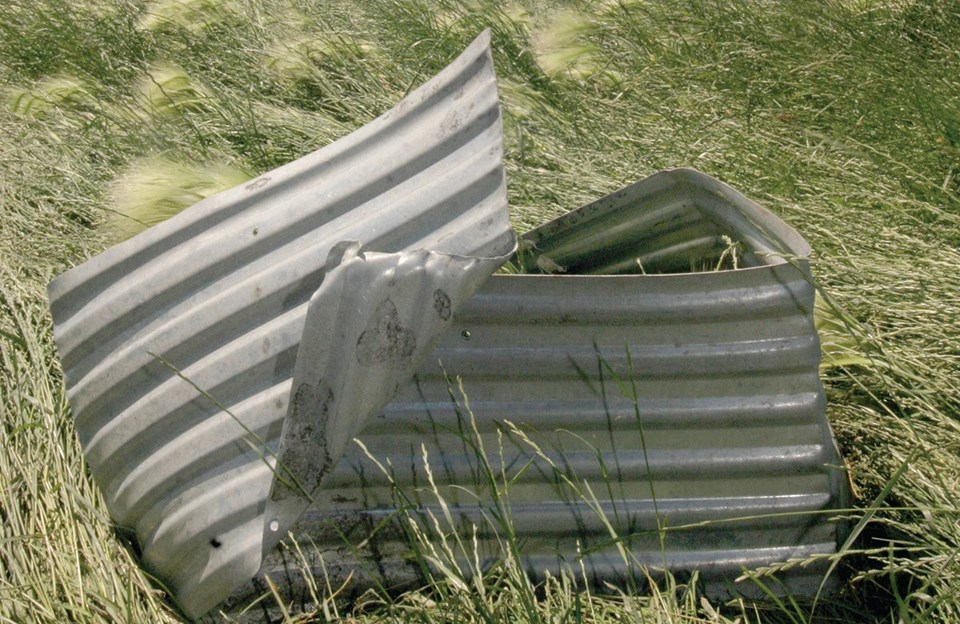WESTERN PRODUCER — In the last issue, we began our look at tornadoes by looking at the first two of four theories on how they form: super cell theory and rear-flank downdraft theory.
In this issue, we will discuss the next two theories: tornado vortex theory and multiple vortex theory.
The tornado vortex theory is very similar to the super cell theory.
It simply builds, or rather, almost simplifies, the super cell theory because it states that tornadoes form when horizontal spinning air in the storm updraft is tilted vertically by a strong updraft.
Now remember, these rising columns of air, or updrafts, can be moving very fast, and as the air rises, it stretches and tightens or contracts the rotating column of air, much like a figure skater pulling in their arms when spinning.
This, just like with the figure skater, causes an increase in spin rate due to the conservation of angular momentum — something we have talked about several times over the years in my annual to semi-annual weather classes.
This whole process is known as vortex stretching, and the intensified spinning motion within the storm may then lead to the formation of a tornado.
The last theory we are going to look at is multiple vortex theory.
As the name suggests, the main vortex within a thunderstorm contains multiple smaller vortices rotating within the main circulation.
These smaller vortices can appear as satellite tornadoes or as sub-vortices within the primary tornado. This phenomenon results in a tornado with a more intricate appearance, often displaying a spiral pattern of swirling winds within the main funnel.
According to the multiple vortex theory, the main column of rising, rotating air serves as the parent vortex and provides the circulation or rotation necessary for the formation of the tornado.
As the parent vortex intensifies, it can then start to spawn smaller satellite vortices. These satellite vortices are typically found rotating around the main funnel cloud, which is often why we see unique and intricate structures in tornadoes.
The interactions between these satellite vortices can create a complex pattern as the individual vortices merge, split and interact with each other, resulting in the rapid change in shape, size and intensity of the tornado.
This chaotic behaviour can help to explain the erratic movement and characteristics we sometimes see in tornadoes.
How these satellite vortices are formed is still not known.
If you remember back to our discussion on the formation of areas of low pressure and how they can randomly spin up along a boundary of opposite moving air, then just picture the same thing happening but on a much smaller scale and yet at a much, much faster speed.
The constantly changing environment within the storm, and the physical landscape the storm is travelling over, can cause these satellite vortices to spin up, grow large and then simply die away.
Next on our list of severe summer weather is something that kills more people than any other severe weather event — heat waves.
About the author
Related Coverage
Canola council cuts field agronomy team
AI expected to make itself felt in food systems
Alberta research group takes a look at cover crops
Manitoba sees cabbage seed pod weevil surge




